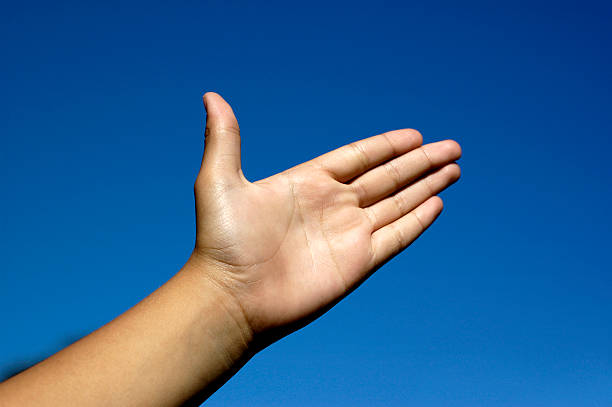Every August 13, roughly 10 percent of the world’s population receives a rare—and overdue—moment in the spotlight. International Left-Handers Day honours those who reach, write, and lead with their left hand. It is a day of celebration, yes, but also a reminder of persistent inequalities.
Created in 1976 by Dean R. Campbell, founder of the Left-Handers Club, the day raises awareness about how often the world bends in favour of its right-handing majority.
“Today raises awareness about the everyday obstacles faced by roughly 10 percent of the world’s population—from awkward scissors to can openers,” writes David Mouriquand for Euronews.
A World Built for Right-Handers
From the tools in our kitchens to the tools in our schools, design norms favour those who favour their right hands. “Everyday tasks and tools… are often awkward or ineffective for left-handers,” reports Business Insider, highlighting the subtle but relentless frictions lefties face.
Especially vexing are scissors. Right-handed blades do not close properly in a left hand; they obstruct the user’s view and require awkward motions to cut. True left-handed scissors are rare and costlier.
A Streak of Superstition
For centuries, being left-handed came with stigma. In the Middle Ages, lefties were accused of witchcraft and the “left-hand path” was linked to evil. Religious teachings often elevated the right hand as “favoured.”
Today, attitudes have shifted. Left-handedness is increasingly seen as a natural variation in human development, one to be embraced rather than corrected.
Lefties Who Made History
Great achievements have come from southpaws. Leonardo da Vinci, Marie Curie, Bill Gates and President Barack Obama are among the left-handers who changed the world. Their success, says TIME, illustrates that left-handed ability yields creativity, not disadvantage.
Still Not Equal
The bias remains clear: products for left-handers are often harder to find and more expensive. Keyboards, tools and desks are still designed with right-handed use in mind.
For left-handed people like tailor Hope Wangeci or delivery rider Paul Kimani, even designing around daily tasks like sewing or opening doors presents physical challenges. East Africa shares these stories, and they resonate globally.
A Call for Inclusion
This day serves both as celebration and as advocacy. International Left-Handers Day reminds us that “different does not mean disadvantaged—it means unique.” It urges makers, educators and lawmakers to design not just for the majority, but for all.

